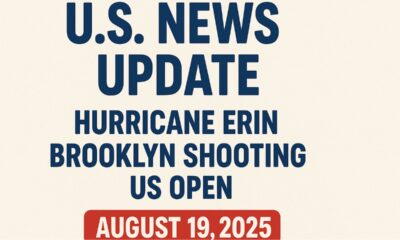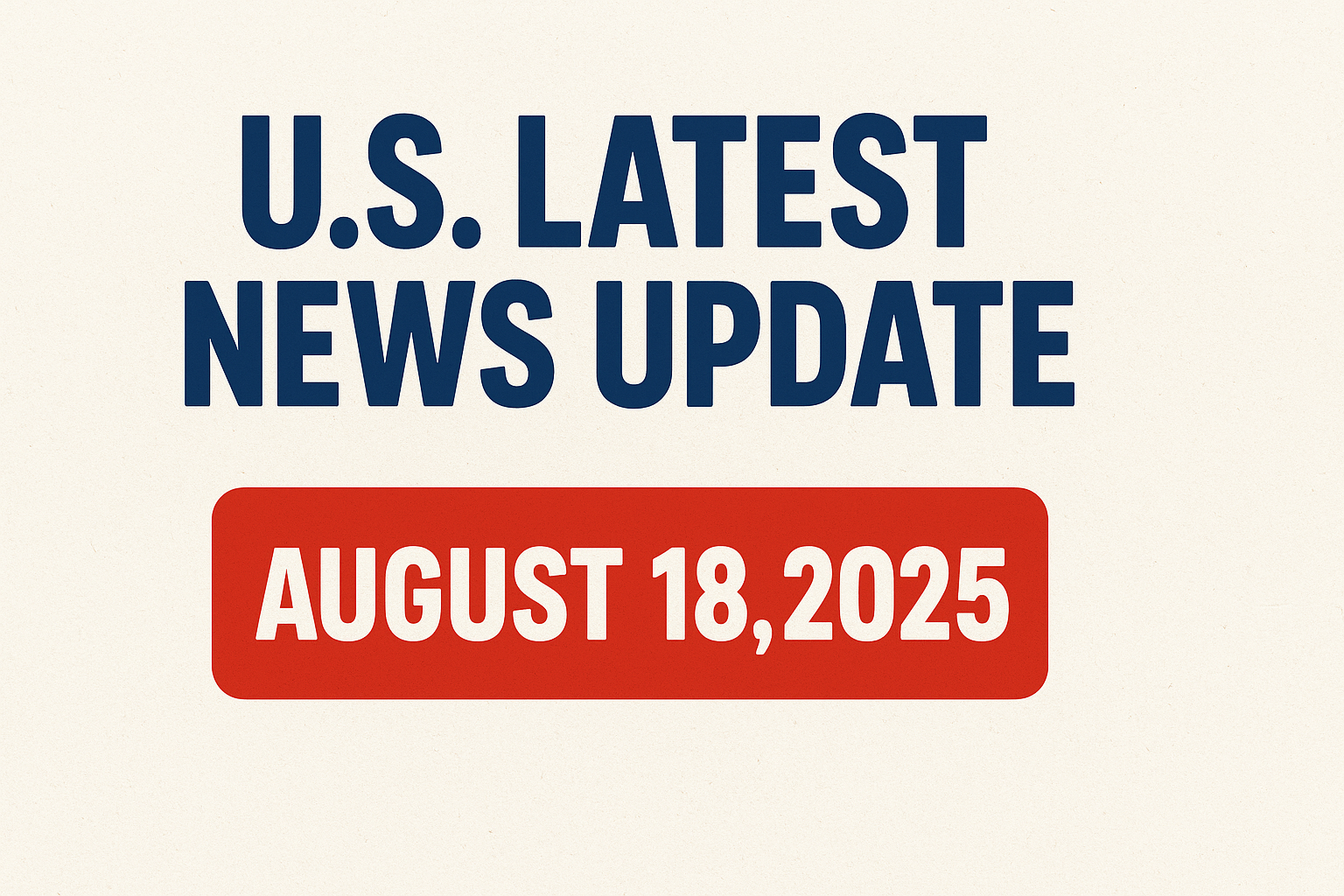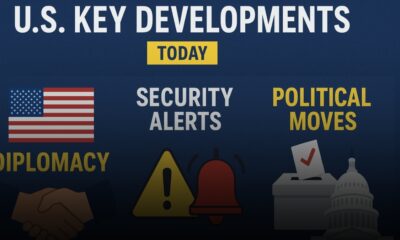Accidents
Tsunami Alert 2025! | How The U.S Responded To A Tsunami Threat?

On July 29, 2025, the United States woke up to urgent tsunami warnings after a massive 8.8-magnitude earthquake struck off the eastern coast of Russia’s Kamchatka Peninsula. The seismic shockwaves set off a chain reaction of emergency alerts and evacuations from Hawaii to the western U.S. coastline. This was not a drill—it was a real threat, prompting authorities to act fast and inform millions of residents across the Pacific.
Let’s walk you through what happened, how the authorities responded, and what this means for coastal communities.
What Triggered the Tsunami Warning?
The undersea earthquake was one of the most powerful in recent history, occurring in a highly active seismic zone. Tsunamis are often caused by large movements of tectonic plates beneath the ocean floor, which displace massive amounts of water. When such an event occurs near the Pacific Ocean, U.S. territories and states like Hawaii, Alaska, and coastal cities across California, Oregon, and Washington fall under immediate risk.
The National Tsunami Warning Center issued a full tsunami warning for Hawaii and parts of Alaska, with a tsunami advisory for many other Pacific-facing areas.
Impact on Hawaii
Hawaii was the first to be hit. Sirens blared across Oahu, and people were instructed to evacuate to higher ground. Local authorities reported that tsunami waves between 6 to 10 feet could reach various parts of the islands. By 7:17 p.m. local time, waves had begun arriving on the shores of Oahu, though early reports indicated that initial waves were not catastrophic.
Despite that, emergency officials warned that the first wave is rarely the largest, and communities were asked to remain cautious for hours. Schools and public buildings turned into temporary shelters, and highways saw a surge in traffic as families moved inland.
California, Oregon, and Washington React
As the news spread, alerts were issued to the U.S. mainland, particularly for Northern California towns like Crescent City, which has a tragic history with tsunamis. Emergency sirens were activated, and residents were advised to stay away from beaches and harbors. The expected wave height in these areas ranged from 2 to 5 feet, strong enough to damage boats, flood low-lying areas, and create dangerous currents.
In Oregon and Washington, the situation was similar. People were instructed to leave vulnerable coastal zones, with special attention to tourists unfamiliar with emergency procedures. Lifeguard services and Coast Guards were deployed to clear beaches.
What’s Happening in Alaska?
Alaska, with its vast coastal exposure, was placed under high alert, especially in places like the Aleutian Islands. The warning extended to fishing villages and remote settlements, where communication can be slower. Local officials used satellite phones and emergency radio broadcasts to reach isolated communities. Schools were closed, and emergency shelters were opened in case waves hit populated areas.
Travel Disruptions and Air Traffic Changes
With the threat of tsunami waves, several airlines including domestic U.S. carriers and Japanese routes to Hawaii canceled or diverted flights. Airports in Honolulu, Anchorage, and coastal California initiated safety protocols. Travelers were stranded at terminals, unsure when it would be safe to fly again. Some airports even opened emergency sleeping areas for passengers as a precautionary step.
Emergency Response in Action
From the moment the earthquake was recorded, the U.S. Pacific Tsunami Warning Center and National Tsunami Warning Center began monitoring wave movements using a combination of deep-sea buoys and satellite systems. These advanced sensors detect even small shifts in ocean levels and send real-time data to analysts.
Based on this data, the warnings were updated multiple times throughout the evening. Social media platforms were used effectively to notify citizens instantly. Officials went live on TV, radio, and mobile alerts to spread awareness.
People’s Reaction and Preparedness
This event has reminded many Americans of the importance of natural disaster preparedness. People living along the coast often become complacent, but this emergency has sparked renewed attention to emergency kits, evacuation routes, and local response systems.
In some areas, community volunteers stepped up to help manage evacuation shelters and deliver food and water to affected families. It’s also worth noting how calm and orderly the majority of evacuations were—demonstrating how past drills and awareness campaigns have had a positive impact.
Technical Summary Table
| Location | Alert Type | Expected Wave Height | Status |
|---|---|---|---|
| Hawaii (Oahu, Maui) | Tsunami Warning | 6–10 feet | Waves Arrived (ongoing) |
| California (Crescent) | Tsunami Warning | 2–5 feet | Waves Expected |
| Oregon, Washington | Advisory | Strong Currents | Evacuation Ongoing |
| Alaska (Aleutians) | Tsunami Warning | 3–6 feet | On High Alert |
What Should You Do If You’re in an Affected Area?
If you live in a tsunami-prone region, here’s what experts advise:
- Move inland immediately if you’re near the coast and under a warning.
- Stay away from beaches, harbors, and marinas even if the waves seem small.
- Listen to local authorities and follow all evacuation instructions.
- Prepare your emergency bag with food, water, flashlight, and medical supplies.
Conclusion
The recent tsunami alert across the U.S. has brought to light how serious and fast-changing natural disasters can be. From Hawaii to Alaska and the West Coast, emergency services have worked tirelessly to prevent loss of life. The situation is still developing, and people are urged to remain cautious until all warnings are lifted.
Stay informed. Stay prepared. Nature doesn’t give second chances.

















